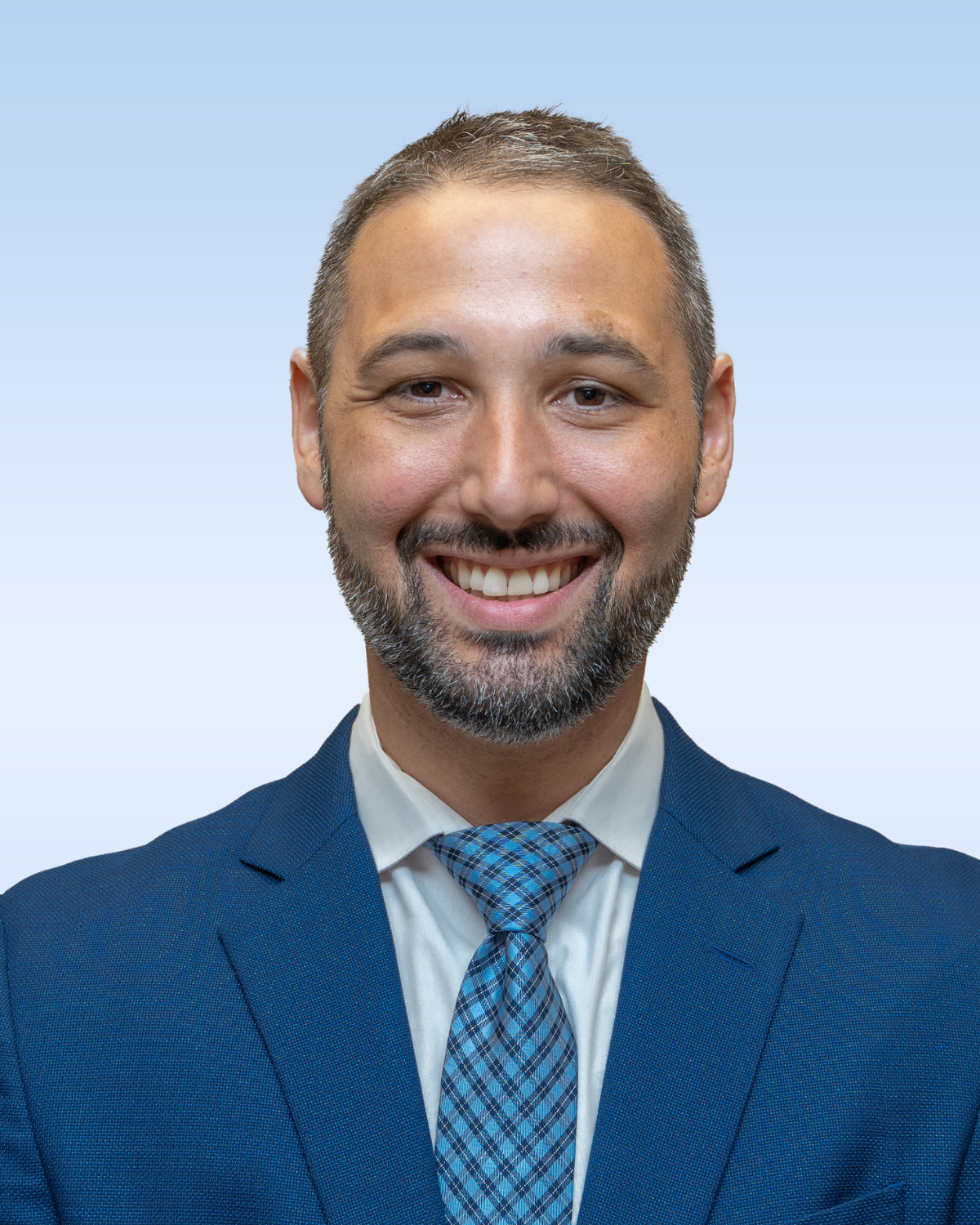Pediatric Fractures
Children commonly sustain fractures during play, sports participation, or traumatic incidents like car accidents.
If your child breaks a bone, prompt treatment is necessary, as children’s bones heal more quickly than adults. Other factors, like growth plate fractures, the severity of the fracture, and the involvement of surrounding tissues, are considered when determining a treatment plan for pediatric fractures.
Meet Our Pediatric Orthopedic Specialists
Our pediatric orthopedic doctors at Seaview Orthopaedics treat many different types of fractures in children on a regular basis. In their hands, you can rest assured that your child’s fracture or traumatic injury will be treated by highly qualified experts.
Schedule An Appointment with Our Pediatric Specialists
Common Types of Fractures and Traumatic Injuries in Children
Most broken bones in children are the result of an accident during play or sports activity, but children can also sustain broken bones as the result of a traumatic instance, like a car accident, fall, or collision.
Forearm, ankle, and elbow fractures are all injuries that are commonly sustained during play or sports. Forearm fractures often occur due to a fall onto an outstretched arm. Elbow fractures typically occur with a fall onto the arm or elbow, or a direct blow to the elbow. Ankle fractures usually occur when a child twists the leg or foot, especially during high-energy sports that involve jumping, like basketball.
Growth plate fractures can also be a concern in children. Growth plates regulate bone growth in children and determine the length and shape of the bone when the child reaches adulthood. Fractures involving the growth plates can affect future bone growth, so special care is taken in these situations.
Fracture Symptoms
The primary sign of a fracture is extreme pain. If the fracture is in one of the lower extremities, your child will likely be unable to put weight on that leg.
Other potential symptoms of a fracture include swelling, visible deformity, and inability to straighten the limb. If your child complains of numbness, this could also be a sign of a nerve injury caused by the fracture.
Sometimes, fractured bones are displaced enough that they break through the skin, creating an open wound. In these cases, seek immediate medical attention.
Pediatric Fracture Treatment
Fracture treatments can vary based on the severity and location of the fracture. In many cases, a cast will be applied to hold the fractured bones in place while they heal. However, more complex fractures may require surgery. Dr. Paul Haynes, Dr. Christopher Collins, and Dr. Jon Lentz offer a full range of fracture treatment options to help the fracture heal properly.
Below are the methods most often used to treat fractures in children.
If the fracture is relatively stable, it will likely be treated with a cast. First, your orthopedic doctor will manipulate the bone back into the correct positioning, in a process called a closed reduction. Then, a cast will be applied to hold the bones in place as they heal. Casts are typically worn for about 4-6 weeks. Your orthopedic doctor may also schedule x-rays during the healing process to ensure that the bones are healing properly.
In some cases, your orthopedic doctor will be able to reposition the bones with a closed reduction, but additional support may be needed to keep the bones in place as they heal. For these types of fractures, external fixation devices may be used. Once the bones are in the correct position, your orthopedic doctor will insert metal pins through the skin and into the bone, across the fracture. A splint may then be applied for the first week or so, and then it is replaced with a cast. Once the fracture has begun to heal, typically within a few weeks, the pins and cast are removed.
If the fracture has broken through the skin, or the bones have fractured into multiple pieces, your orthopedic doctor may not be able to align the bones properly with a closed reduction. In these cases, an open reduction may be recommended. During this procedure, an incision is made to open the skin and realign the bones. Internal fixation devices like metal pins and plates are often used to hold the bones together.
Schedule An Appointment with Our Pediatric Specialists
Recovering from Fractures
Most children will need to wear a cast for about 4-6 weeks. Once the cast is removed, the limb may feel a bit weak or stiff because it has been immobilized for so long. Your orthopedic doctor can recommend exercises to help with weakness or stiffness, if needed.
If the fracture involved a growth plate, your orthopedic doctor may recommend regular check-ups to ensure that your child does not develop bone deformity or limb length discrepancies.
In many cases, if the fracture is treated immediately and monitored carefully, most children will heal normally and have no long-term issues associated with the fracture.
Pediatric Fracture and Trauma Treatment in Central Jersey & Jersey Shore
Dr. Paul Haynes, Dr. Christopher Collins, and Dr. Jon Lentz, our pediatric orthopedic specialists at Seaview Orthopaedics, are very experienced in treating fractures and traumatic injuries in children. Whether the fracture is simple or complex, Dr. Haynes, Dr. Collins or Dr. Lentz, can offer treatment options to help ensure the fracture heals without long-term problems. To schedule an appointment with one of our orthopedic doctors, please call our office at (732) 660-6200 or book an appointment online.
Schedule An Appointment with Our Pediatric Specialists




